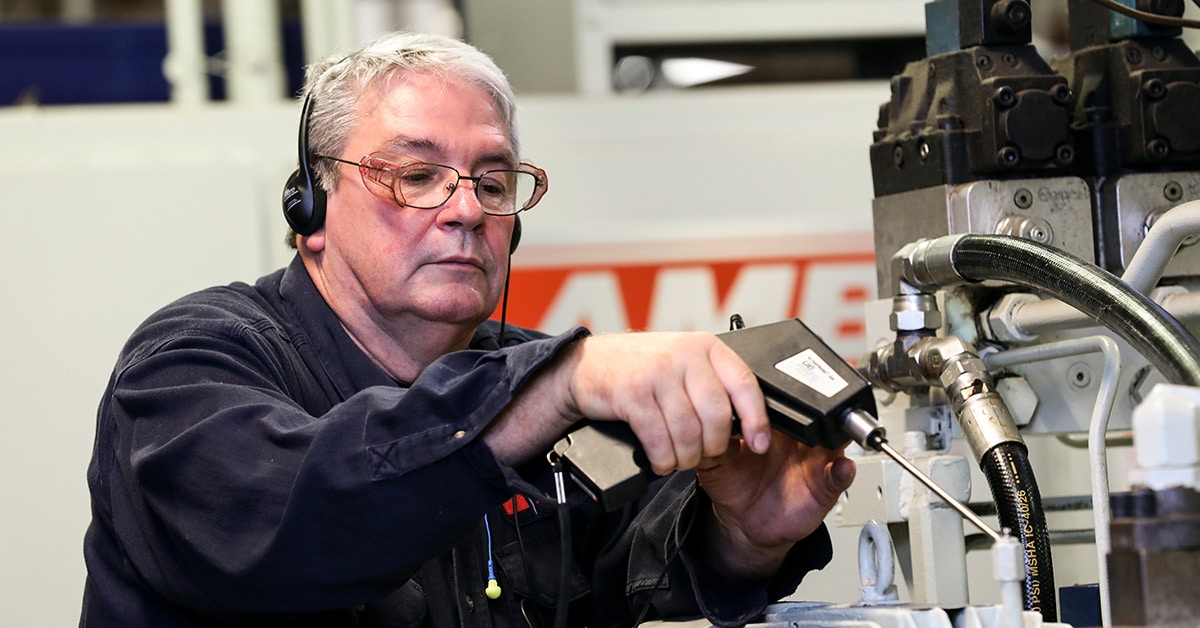In the realm of manufacturing, idle time refers to any period when resources — whether machines, employees, or production lines — are available but not actively engaged in value-adding tasks. This concept helps paint a full picture of plant productivity and operational efficiency.
What is idle time in a manufacturing environment? It refers to periods when equipment or workers are available but not actively engaged in production. Unlike downtime, which typically involves system outages, and active time, when resources are fully utilized, idle time is the in-between state where work could be happening but isn’t.
Whether due to planned idle time like scheduled breaks or unplanned idle time like last-minute material delays, the cost is real: diminished employee productivity, underutilized equipment, and rising overhead expenses. Over time, even small pockets of idle time can add up to significant losses in actual production time, making it one of the most expensive hidden inefficiencies on the plant floor.
In this guide, we’ll explore the root causes of idle time, categorize its types, and lay out actionable strategies to reduce it using smart technology, workforce engagement, and process design.
Common causes of idle time
Minimizing idle time starts with understanding where and why it occurs. It’s not enough to simply measure idle time — teams need to understand the systemic and situational drivers to take effective corrective action.
Even in the most efficient plants, certain factors can create gaps between scheduled production time and actual production time:
- Equipment breakdowns: Machines that haven’t undergone routine preventive maintenance may fail during production runs, resulting in unexpected downtime.
- Supply delays: Waiting for materials due to procurement or supply chain disruptions is one of the most frequent causes of unplanned idle time.
- Scheduling inefficiencies: Misaligned or poorly sequenced job orders create abnormal idle time between tasks.
- Labor gaps: Shift changes, absenteeism, or insufficient training can lead to employee idle time, where staff are present but unable to contribute.
- Workflow bottlenecks: When one station in the production line operates slower or faster than another, it causes downstream or upstream idle periods.
- Communication failures: Without timely updates on work orders or shift changes, employees may find themselves uncertain of their next task.
Many of these can be addressed through improved time tracking, better maintenance planning, and refined shift scheduling. By pinpointing where idle time originates — be it on the shop floor, in procurement, or at the planning level — organizations can implement targeted interventions. For example, improving visibility into material status or using digital tools for shift handoffs can reduce delays. Similarly, investing in upskilling and cross-training employees ensures that productivity doesn’t stall when a role is unexpectedly left vacant.
Types of idle time: avoidable vs. unavoidable
One of the most important steps in managing idle time is knowing which instances are within your control and which are not.
Not all idle time is inherently bad, but classifying it helps prioritize mitigation efforts:
- Planned idle time (or normal idle time): These are scheduled pauses such as breaks, team huddles, or maintenance activities. While they don’t contribute to actual production time, they are necessary for compliance, safety, and workforce wellness.
- Unplanned idle time (or abnormal idle time): Includes machine malfunctions, material shortages, and planning errors. These events are unproductive and often avoidable with better systems and protocols.
When manufacturers distinguish between planned downtime and unanticipated disruptions, they can target improvements that bring the biggest return on efficiency. Analyzing logs from time tracking tools or a CMMS allows teams to separate recurring delays caused by human error or poor planning from those tied to compliance-driven pauses. This distinction makes it easier to automate alerts, streamline shift transitions, and implement predictive strategies.
How idle time impacts plant performance and costs
While it can be easy to overlook short stretches of inactivity, idle time can quietly erode performance across an entire facility, with its financial and operational impacts spanning far beyond the production line.
Every minute of idle time has cascading effects:
- Lost throughput: With every minute a machine or team sits idle, you’re sacrificing potential production time that could have been used to meet customer demand.
- Increased labor costs: Workers must be paid even when idle. This misalignment between compensation and value creation erodes profit margins.
- Energy waste: Systems may stay powered during inactivity, driving up utility bills without contributing to productivity.
- Lower asset utilization: Machines spend more time sitting than producing, reducing return on investment and increasing capital cost per unit.
- Weaker OEE scores: Since idle time directly affects actual production time, it negatively impacts your Overall Equipment Effectiveness (OEE) rating.
Reducing idle time doesn’t just boost metrics — it creates a more responsive, cost-effective, and resilient operation. By recognizing the full cost of inactivity, plant leaders can prioritize improvements that drive lasting gains in productivity and profitability.
How predictive maintenance and monitoring reduce idle time
Unforeseen equipment failures are a leading cause of costly unplanned idle time. By leveraging predictive maintenance solutions and real-time monitoring, manufacturers can anticipate issues before they disrupt operations — turning guesswork into precision and downtime into uptime.
Predictive maintenance and condition-based monitoring and maintenance are proactive strategies proven to reduce unplanned idle time:
- IoT-enabled monitoring: Using machine health monitoring technology, sensors detect performance anomalies in real time, helping technicians act before failure occurs.
- Data-driven decisions: With analytics from CMMS or EAM systems, plants can forecast planned idle time for maintenance with minimal impact to schedules.
- Smart labor allocation: Advanced systems match task urgency with technician availability, ensuring preventive maintenance occurs without delaying production.
- Faster repairs: When alerts are sent directly to skilled technicians, problems are resolved quickly, reducing both abnormal idle time and costly downtime.
Tools like these not only reduce the frequency of disruptions, but they also provide actionable insights that help teams continuously refine their maintenance schedules.
How to measure and track idle time
You can’t improve what you don’t measure — without accurate data on idle events, manufacturers risk making decisions based on assumptions rather than evidence.
Here’s how to start tracking idle time effectively:
- Time tracker tools: Implement digital time tracking software or integrate time tracker apps into your workforce system.
- Leverage CMMS: A robust CMMS helps log idle events, planned stops, and unplanned disruptions all in one place.
- Use EAM platforms: Pair with EAM systems to align asset performance data with labor logs and schedules.
- Monitor KPIs: Benchmarks like scheduled production time vs. actual production time, idle hours per shift, and OEE score give a full view of your efficiency landscape.
- Schedule audits: Regular reviews using historical data uncover systemic issues that result in recurring idle losses.
These insights drive better prioritization of tasks, sharper forecasting, and improve operational efficiency through better performance visibility.
Turning idle time into uptime
Reducing idle time requires a structured approach; that means aligning people, processes, and technology to maximize value during every shift.
Follow these best practices to implement a repeatable system:
- Know your baseline: Use historical data to identify trends and problem areas.
- Engage Your team: Empower employees to report idle moments and suggest workflow improvements.
- Refine processes: Apply lean manufacturing techniques to eliminate waste.
- Invest in tools: Adopt technologies like predictive maintenance, real-time dashboards, and smart planning software.
- Consider expert support: Providers of outsourced maintenance services bring deep experience in reducing downtime and improving reliability.
Ultimately, reducing idle time leads to greater machine uptime, optimized labor use, and a stronger bottom line. Whether you’re managing a single facility or a network of production sites, the goal remains the same: increase production time without adding unnecessary cost.
With the right mix of visibility, accountability, and strategic support, teams can convert lost hours into measurable output and build a more agile manufacturing operation.






